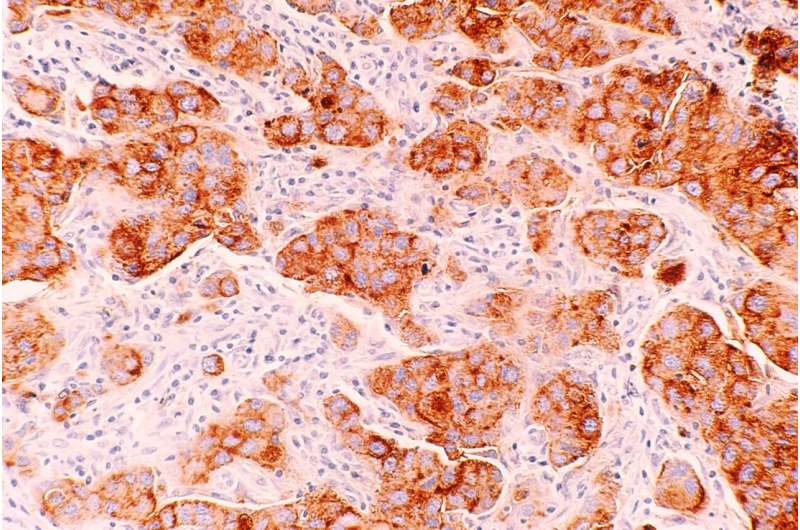California Experiences Significant Increase in Valley Fever Cases in Early 2025

California is witnessing a concerning surge in Valley fever cases during the first quarter of 2025, signaling a potential record year for the disease. According to state health officials, there have been 3,123 reported cases up until March, which is approximately double the ten-year average for that period. Historically, case numbers have fluctuated, with lows of around 801 in 2016 and peaks exceeding 3,000 last year.
Valley fever is caused by inhaling spores of the fungus Coccidioides, which thrives in dry, dusty soils prevalent in California's arid regions. The spores are released into the air when dry soil is disturbed, such as during construction, wildfires, or archaeological excavations. Most individuals exposed to the fungus remain asymptomatic, but for some, symptoms resemble those of flu or COVID-19, making clinical diagnosis challenging.
Experts, including Dr. George R. Thompson from UC Davis, link the rise in cases to climate patterns involving drought followed by wet winters and dry summers—conditions that favor the proliferation and dispersal of fungal spores. Doua Ge Yang from California’s Department of Public Health notes that such drought-wet cycles lead to increased Valley fever occurrences two years later. The trend continued from a record 12,637 cases in 2024, following such climate cycles.
Certain workplace environments and outdoor activities heighten the risk of infection. Construction workers, firefighters, archaeologists, and festival attendees, especially in dusty conditions, are at increased risk. Notably, at the Lightning in a Bottle music festival held in Kern County last year, at least 19 attendees contracted severe Valley fever, with symptoms including pneumonia-like illness, rashes, headaches, and exhaustion. The festival organizers are implementing dust reduction measures, such as watering grounds and covering heavy traffic zones with wood chips.
Treatment typically involves antifungal medications like fluconazole or itraconazole. While effective, these drugs can cause serious side effects, including nausea, hair loss, and dry skin. Early diagnosis and treatment are critical, especially for those with compromised immune systems.
Regional case surges have been particularly notable in Monterey County, where reported cases jumped from 22 in the first quarter of 2023 to 217 in the same period this year. Health officials recommend avoiding dusty environments to reduce infection risk and have issued advisories to medical providers about recognizing and diagnosing the disease promptly.
There is also concern among researchers about the potential development of antifungal resistance, possibly driven by the widespread use of antifungals in agriculture. Investigations are ongoing, involving collaboration among the CDC, California public health agencies, and leading universities.
Overall, California faces a rising threat from Valley fever, emphasizing the importance of awareness, preventive measures, and continued research to understand and combat this evolving health challenge.
Stay Updated with Mia's Feed
Get the latest health & wellness insights delivered straight to your inbox.
Related Articles
Link Between Mitochondrial Nucleotide Balance and Age-Related Inflammation
New research links the imbalance of mitochondrial nucleotides to age-related inflammation, shedding light on mechanisms driving aging and disease progression. Discover how mitochondrial DNA integrity affects immune activation and potential therapeutic approaches.
Rising Cannabis Use Disorder Among Older Adults and People Living with HIV
Cannabis use disorder is rapidly increasing among older adults and people living with HIV, raising concerns about health risks. Learn about the latest research and implications for public health.
How Cell Metabolic Communication Hampers Anti-Tumor Immune Responses
New research reveals how cancer cells manipulate neighboring cells’ metabolism, promoting immune suppression and tumor growth, opening potential pathways for improved cancer therapies.



